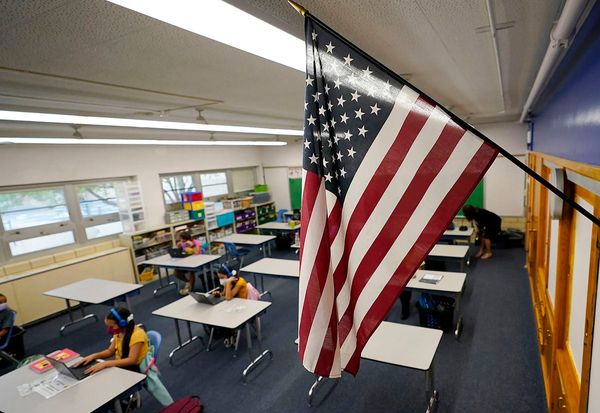
On Sunday afternoon, reports emerged of a helicopter crash in Iran that resulted in a hard landing. Tragically, it was confirmed in the early hours of Monday that there were no survivors. The passengers on board included the second most powerful man in the country and the foreign minister, highlighting the significance of the incident.
The helicopter involved was identified as a decades-old Bell model, believed to be manufactured in the US. Given Iran's strained relations with the US since the Islamic revolution in 1979, the use of such an antiquated aircraft for high-ranking officials raises concerns about the country's aviation industry and government priorities.
Following the crash, discussions have turned to the succession plan outlined in the Iranian constitution. An interim president has been appointed to lead the country until elections can be organized in approximately 50 days. While the loss of the president is a significant blow, the government is emphasizing stability and continuity in the face of this tragedy.
It is important to note that the supreme leader, Ali Khamenei, remains the most powerful figure in Iran, despite the president's role. The sudden need for a new president has accelerated discussions about succession within the government.
As Iran mourns the loss of its president and others in the crash, the focus now shifts to ensuring a smooth transition of power and maintaining stability in the country. The tragic event has prompted reflection on government priorities and the need for modernization in various sectors, including transportation and aviation.







